Learn all about different sheet pans, cookie sheets, and jelly roll pans in this simple guide for home bakers!

Baking Sheet Sizes and Differences
Whether you’re new to baking or you have years of baking experience under your apron belt, the different sheet pans available can be a bit confusing at first glance. What’s the difference between a sheet pan and a cookie sheet? Is a jelly roll pan different from a sheet pan? We’ll cover all of that and more, and you’ll be a sheet pan pro!
Before we get into the specifics of pan sizes, I want to give you a not-so-gentle nudge to read my tips for choosing baking pans. There you’ll learn about how to pick bakeware based on material, thickness, color, and more.
Now, let’s talk about sheet pans!
Full Sheet Pans
For home cooks and bakers, full-size sheet pans are not likely to be something that you’ll be able to use. Measuring 26″ x 18″ with about a 1-inch rim around the outside, it just won’t fit in most home ovens. These are designed for larger ovens in commercial kitchens like restaurants and bakeries.
Half Sheet Pans
As you might guess from the name, half sheet pans are half the size of a full sheet pan. They usually measure 18″ x 13″ with about a 1-inch rim around the outside, although you’ll see some slight variances in those dimensions.
The workhorse of many home bakers, half sheet pans are great for baking cookies and sheet cakes. For most bakers, having two of these pans will suffice. I like the flexibility of having three of these in my kitchen for those times I’m on a cookie baking spree.
Some of my favorites:
Quarter Sheet Pans
If you’re playing along here, you’ve likely guessed that a quarter sheet pan is a quarter of the size of a full sheet pan and half the size of a half sheet pan. These small pans measure 13″ x 9″ with about a 1-inch rim around the outside. (Don’t confuse this pan with a 13″ x 9″ pan you might use for something like blondies or a cake. Those have sides at least 2-inches tall.)
These pans are great for small batch cookie baking. I also use them when I portion cookie dough for freezing, as you can put lots of cookies on the pan, and it won’t take up a lot of room in your freezer while you wait on them to be ready to bag for long-term freezer storage.
You’ll likely find that these small pans are more useful than you first might think. Use them for gathering ingredients, toasting small amounts of nuts, or for small cooking jobs like roasting vegetables.
Some of my favorites:
Jelly Roll Pans
As the name implies, jelly roll pans are often used to make (you guessed it!) jelly rolls as well as Swiss rolls, which are thin cakes that are filled and rolled. They’re a bit smaller than half sheet pans, but the exact dimensions can vary. If you do a quick search for a jelly roll pan, you’ll find a few different sizes. Most commonly, they are either 10″ x 15″ or 12″ x 17″. If you remember how to measure area from your geometry classes, you’ll realize pretty quickly that that’s a pretty big difference in sizes. In fact, the latter size is fairly close to the size of a half sheet pan.
If the recipe you’re using doesn’t specify dimensions, you may have to use your best judgment about what size you need. I don’t often use a jelly roll pan, but you will find one used in a few recipes here at BoB, like Toasted Pecan Roulade and Butterscotch Cream Cheese Swirl Bars.
You can also use these pans for baking cookies and for some cooking applications. You’ll likely find, however, that trying to scale a recipe that fills a different size pan to be less than straightforward.
Some of my favorites:
Cookie Sheets
Cookie sheets are designed for baking cookies and other things that don’t need a rim around the outside to prevent spilling or sliding. You definitely wouldn’t want to bake a cake or another batter on these. Stick with cookies, biscuits, scones, and other portioned doughs.
Unlike rimmed baking sheets, these pans have one or two slightly elevated sides to make it easier to get them in and out of the oven. Theoretically, the lack of a rim also allows heat to circulate around the cookies more easily.
Unless you have a particular affinity for cookie sheets, you can absolutely make use of your half sheet pans for baking cookies. I’ll tell you a little secret. I don’t think I’ve ever owned a cookie sheet, and I bake a lot of cookies.
Two-Thirds Sheet Pans
If you have a large oven, you may be able to make use of a two-thirds sheet pan. At two-thirds the size of a full-size sheet pan, these pans measure approximately 16″ x 22″. These are great for large batches of cookies.
Eighth Sheet Pans
While it’s not quite as useful as its larger counterparts, an eighth sheet pan may prove helpful to you in certain situations. These small pans measure approximately 6.5″ x 9″, which is half the size of a quarter sheet pan.
Use these little pans for small jobs like toasting a small amount of nuts or baking a few cookies from the freezer. Some small-batch baking recipes may use this size pan as well. These pans are also great for organizing your baking ingredients when you’re getting ready to bake.
Choosing Pans for Your Baking Style
If you’re replacing some or all of your baking pans, then you likely know which pans you use most often. If you’re new to baking, it can be tough to know what you need to get a basic baking setup. In either case, my best advice is to take the time to think about the types of baked goods you want to make. That should help you decide what sheet pan size you need.
If you’re a cookie baker, then I recommend starting with a couple of half sheet pans. They’ll do a great job of baking cookies, while also opening up the possibility of baking sheet cakes, scones, and other baked goods that require a sheet pan.
Taking Care of Your Sheet Pans
Depending on the material and quality of your pans, they’ll take varying degrees of care to maintain.
- Cleaning – Most will need to be hand-washed instead of going into the dishwasher.
- Lining – If you’re using parchment paper or a silicone mat to line your pans, then keeping them clean should be fairly simple. If you prefer to bake directly on the pan, then you’ll need to do a more thorough cleaning, and the pans may not last as long.
- Avoiding scratches – Take care not to scratch your pans with knives or other sharp tools. A cookie spatula is handy for removing cookies without scratching the pan. Lining pans will help with this as well.
- Longevity – If well cared for, a good quality baking sheet should be durable enough to last several years. If you have nonstick baking sheets, pay attention to any damage to the coating as that will affect how things bake.
- Warping – If you weren’t already aware of it, the telltale popping sound when your baking sheet is in the oven lets you know that your pan has warped. A warped pan is no longer a flat surface, so it can affect the end result of your baking.
Tips for Choosing Baking Pans
Aluminum, stainless steel, shiny, dark, light, non-stick…. There are a lot of options when it comes to baking pans. For further reading about what to consider when choosing pans based on material, color, and more, see my tips for How to Choose Baking Pans.
Learn More
Take your baking knowledge a step further with these related topics.
- Why Every Baker Needs Wire Cooling Racks – Learn how airflow after baking affects your baked goods and how a cooling rack can have an impact.
- Unlined vs Lined Baking Sheets – See the differences using unlined pans, silicone baking mats, and parchment paper.
Frequently Asked Questions
Home bakers will most commonly use half sheet pans, which measure 18″ x 13″ with a 1″ rim.
The main difference is in the edges of the pans. A cookie sheet usually has one or two elevated sides, while a baking sheet has a rim all the way around it. Either will work for baking cookies and other baked goods that won’t slide off the pan while baking.
Half sheet pans measure 18″ x 13″. Quarter sheet pans are 9″ x 13″. Eighth sheet pans are 9″ x 6.5″. Jelly roll pans are usually 10″ x 15″ or 12″ x 17″. Full sheet pans are 26″ x 18″ and are designed for commercial ovens. These pans all have a raised rim that’s about 1-inch high.
You can easily determine your baking sheet’s size by using a measuring tape or ruler to measure the width and length of the inside of the pan.
A baking sheet that has a shallow rim (about 1 inch) around the outside edges is called a rimmed baking sheet. Some common rimmed baking sheets are sheet pans and jelly roll pans.
Bake or Break is a participant in the Amazon Services LLC Associates Program, an affiliate advertising program designed to provide a means for us to earn fees by linking to Amazon.com and affiliated sites.

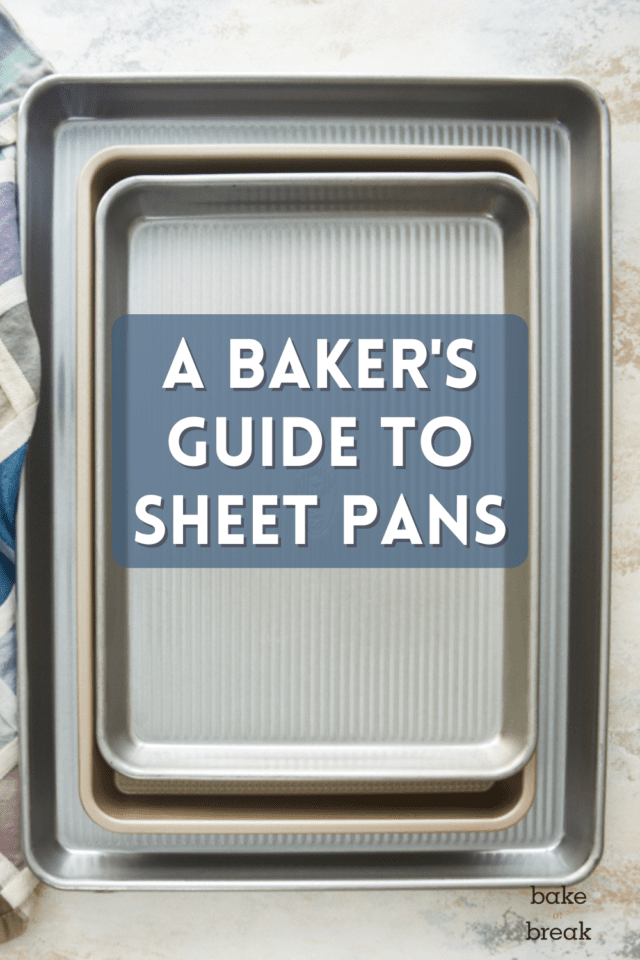
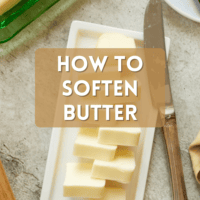
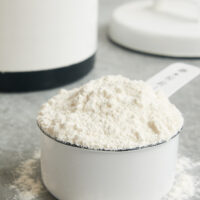

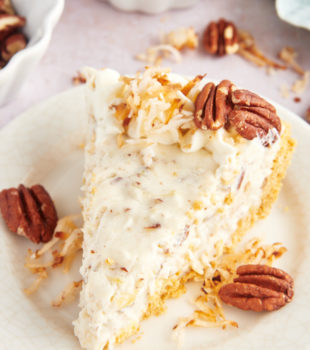

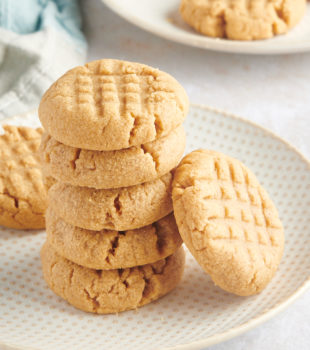


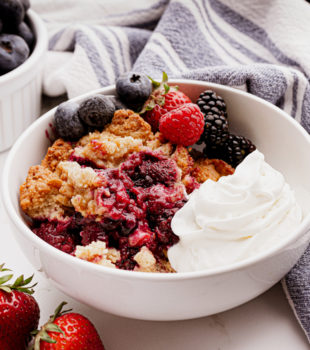
10 Comments on “A Baker’s Guide to Sheet Pans”
You did not mention eight sized pans – 9 x 6. They are some of the most useful pans in my kitchen. they are great for baking, broiling for 1 or 2 people. I also use them to pre-salt steaks/chops prior to cooking. I have 4 of them and use them constantly. I also own the other sizes you mention and all are useful. My only issue with the eight sized pan is the 2 manufacturers do not also make cooling/baking racks to fit these pans. I have several small racks but they are too narrow and leave a space next to the pan edge.
I don’t think I’ve ever used a pan that size, but I can see that it could have many uses!
What size sheet pan do I need ( snd thickness) to bake a number cake?
Hi, Indi! I’m sorry, but I don’t know because I’ve never made a number cake.
Finally! I understand Jelly Roll pan. Thank you!
I’m glad I could help, Tracey!
Does anyone know if anyone makes a 15x 18 sheet pan to fit in my small wall oven and also my very special bakers speed rack that is 15 inches wide? Can not find them! Thanks
I have a recipe that calls for a “half-sheet jelly roll” pan. Also said 18″x13″ so I guess it means a half sheet pan according to this article. I have a pan with dimensions of 17.25″x 11.5″x 1″. Will this pan work or will the batter bake up and over the edge?
Hello! That’s an odd description, as a half-sheet pan and a jelly roll pan have different dimensions. If it states 18″ x 13″, then that’s a half sheet pan. The pan you have might work, depending on the amount of batter in the recipe. I would probably err on the side of caution and either use the larger pan or try using less batter in the smaller pan. The smaller pan you referenced would hold about 15% less than the half sheet pan. I hope that helps!
This guide is a lifesaver! I never realized how much a good sheet pan can impact baking, and the tips on choosing the right one are so helpful. I also love the suggestions for versatile sheet pan recipes—perfect for busy days.
Can’t wait to try out some of these tips!